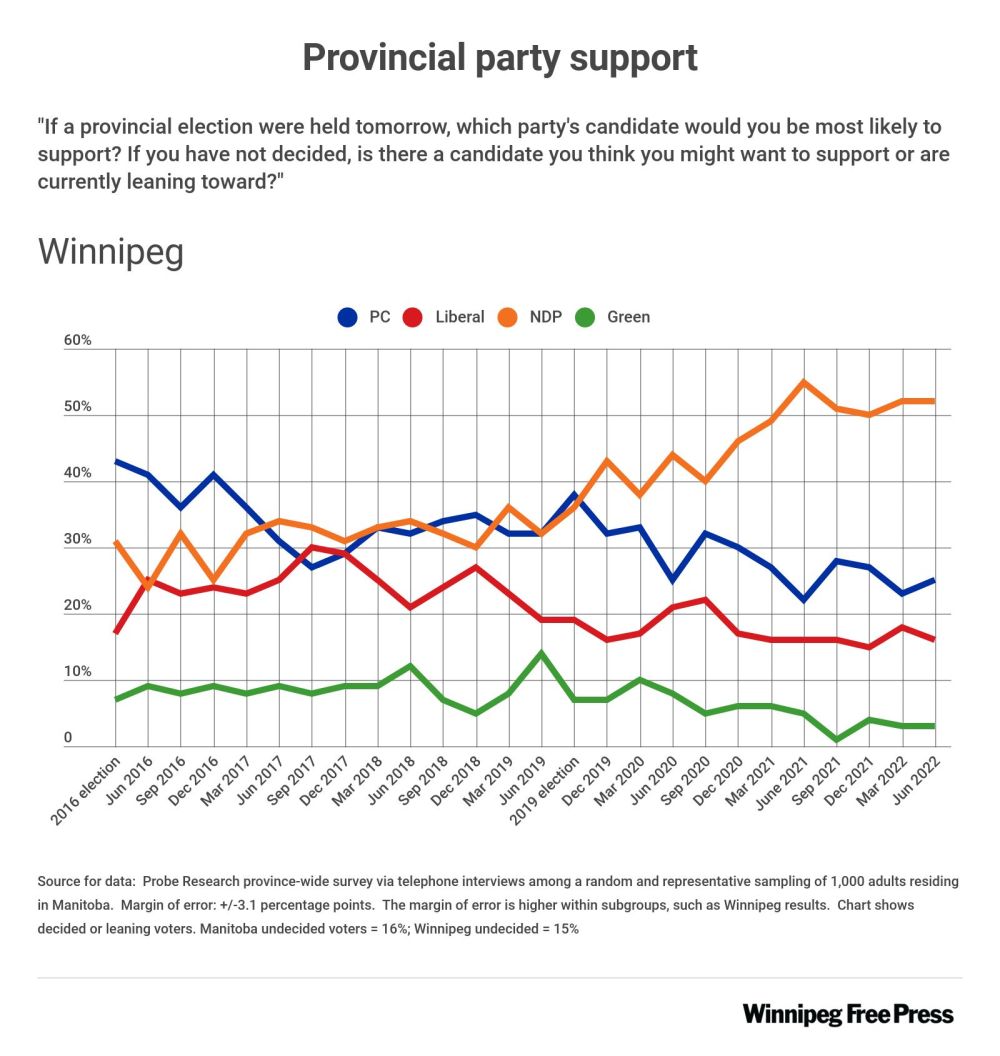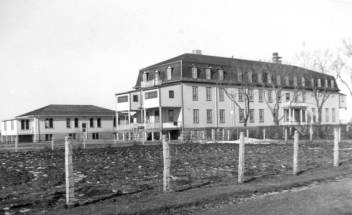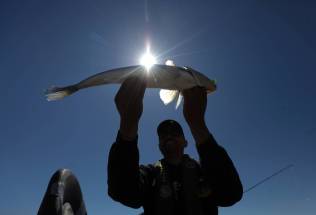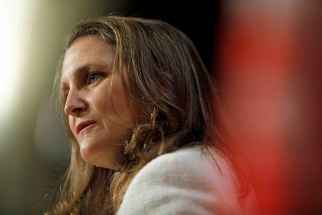New poll pushes Stefanson further behind eight ball
Read this article for free:
or
Already have an account? Log in here »
To continue reading, please subscribe:
Monthly Digital Subscription
$0 for the first 4 weeks*
- Enjoy unlimited reading on winnipegfreepress.com
- Read the E-Edition, our digital replica newspaper
- Access News Break, our award-winning app
- Play interactive puzzles
*No charge for 4 weeks then price increases to the regular rate of $19.00 plus GST every four weeks. Offer available to new and qualified returning subscribers only. Cancel any time.
Monthly Digital Subscription
$4.75/week*
- Enjoy unlimited reading on winnipegfreepress.com
- Read the E-Edition, our digital replica newspaper
- Access News Break, our award-winning app
- Play interactive puzzles
*Billed as $19 plus GST every four weeks. Cancel any time.
To continue reading, please subscribe:
Add Free Press access to your Brandon Sun subscription for only an additional
$1 for the first 4 weeks*
*Your next subscription payment will increase by $1.00 and you will be charged $16.99 plus GST for four weeks. After four weeks, your payment will increase to $23.99 plus GST every four weeks.
Read unlimited articles for free today:
or
Already have an account? Log in here »
Hey there, time traveller!
This article was published 17/06/2022 (1269 days ago), so information in it may no longer be current.
There is no debate: Premier Heather Stefanson is leading a government headed towards electoral disaster. The big question for Progressive Conservatives is whether she can somehow turn things around in the roughly 17 months she has left.
According to the most-recent Free Press/Probe Research poll results — a survey of 1,000 Manitobans conducted in the first two weeks of June — the hill Stefanson must climb to triumph in the fall 2023 election has gotten even steeper.
If an election were held today, 45 per cent of respondents would vote NDP, with 35 per cent supporting the Tories and 13 per cent voting Liberal. (According to Probe, with a sample of 1,000, one can say with 95 per cent certainty the poll results are within plus/minus 3.1 percentage points. The margin of error is higher within each of the survey’s population sub-groups.)
The results are pretty much the same as the March poll results.
Things get more interesting for political observers, and more dire for the Tories, however, when you look at the results in Winnipeg and leader approval ratings.
In Winnipeg, home to more seats than the rest of the province combined, the NDP (52 per cent) have an astounding lead over the Tories (25 per cent), and an even bigger gap on the Liberals (16 per cent). The NDP dominate in all areas of the capital city, but are strongest in southwest and southeast Winnipeg, where Tory MLAs currently hold most of the seats.
Even taking into account the margin of error, the NDP have held a lead of this size for more than a year. That means former premier Brian Pallister’s retirement, and Stefanson’s ascension to the leadership of the party, have not had any positive impact on the PC brand.
Of the three main party leaders, Stefanson has the lowest provincewide approval rating: only one in five respondents strongly or moderately approve of her performance, and 44 per cent strongly disapproved.
NDP Leader Wab Kinew had a 46 per cent provincewide approval rating; Liberal Leader Dougald Lamont had the approval of only 28 per cent.
However, the big worry for Stefanson is she losing support among self-identified PC voters: only 53 per cent of Tory respondents said they approve of her performance. Kinew enjoys 87 per cent support among New Democratic voters; 65 per cent of declared Liberals approve of the job Lamont has done.
You may be asking: how can a leader win an election with the support of only half of core supporters? The answer: they can’t.
It is decidedly difficult for a political party to form a government anytime the leader is profoundly less popular than the party. Some have overcome this dilemma; Pallister, for example, was always less popular than his party. However, Pallister benefited hugely from the fact the NDP had imploded after 17 years in government, and the Liberals couldn’t find any real traction with voters.

Following his second majority win in 2019, however, Pallister’s estrangement from Manitoba voters began to catch up. By the time he retired in August, he was among the least popular premiers in Canada and his PC party was getting trounced by the NDP in opinion polls.
The whole strategy behind forcing the premier out last summer was to select a new leader who could reimagine the party brand and, in so doing, get voters to forget about Pallister. It seems increasingly obvious Stefanson isn’t that leader.
Not only is she lagging behind in appealing to core supporters, she is falling behind in key demographics.
Even as Manitoba’s first female premier, Stefanson is not connecting with women. Only 16 per cent of female respondents strongly or moderately approve of her performance. In contrast, Kinew got a 53 per cent approval rating from women, and Lamont scrounged up 29 per cent approval.
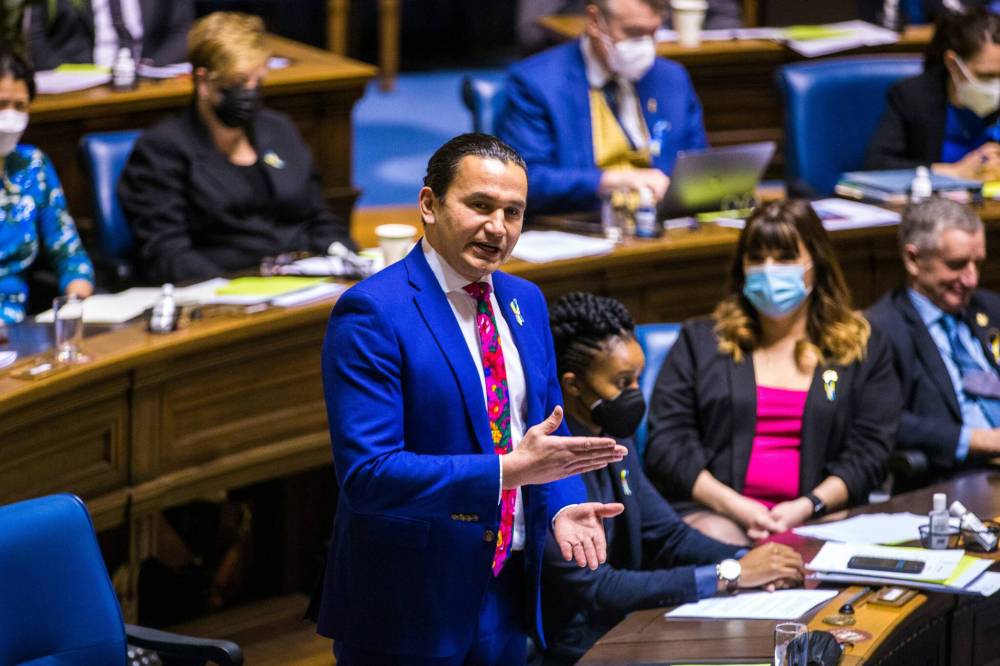
While Stefanson may represent a Winnipeg seat (Tuxedo), she is decidedly unpopular in the capital, where only 17 per cent of respondents approve of her performance. Kinew, on the other hand, gets moderate or strong approval ratings from 53 per cent.
It deserves to be noted Stefanson’s job as premier is much more demanding than Kinew’s role as leader of the Opposition. One of the most unfair aspects of approval ratings is Stefanson is being judged on leading the province, which means she has to bear the brunt of concerns about health care, inflation, spring flooding and the COVID-19 pandemic.
Kinew is only responsible for his party and elected caucus. In other words, he has not been tested in the crucible of premierial leadership.
Even so, Stefanson is fighting a war on two fronts: she is trying to win over the electorate while also trying to rebuild favour among dedicated Tory voters.
What can she do? Stabilize health care, lower surgical and diagnostic procedure wait times, deliver some inflation relief and provide steady leadership in the late stages of the pandemic.
Oh, and one more thing: Stefanson should hope against hope her own party begins to see her as a true option to lead the province.
dan.lett@freepress.mb.ca

Born and raised in and around Toronto, Dan Lett came to Winnipeg in 1986, less than a year out of journalism school with a lifelong dream to be a newspaper reporter.
Our newsroom depends on a growing audience of readers to power our journalism. If you are not a paid reader, please consider becoming a subscriber.
Our newsroom depends on its audience of readers to power our journalism. Thank you for your support.
History
Updated on Friday, June 17, 2022 7:35 PM CDT: Adds word 'as' to final sentence


